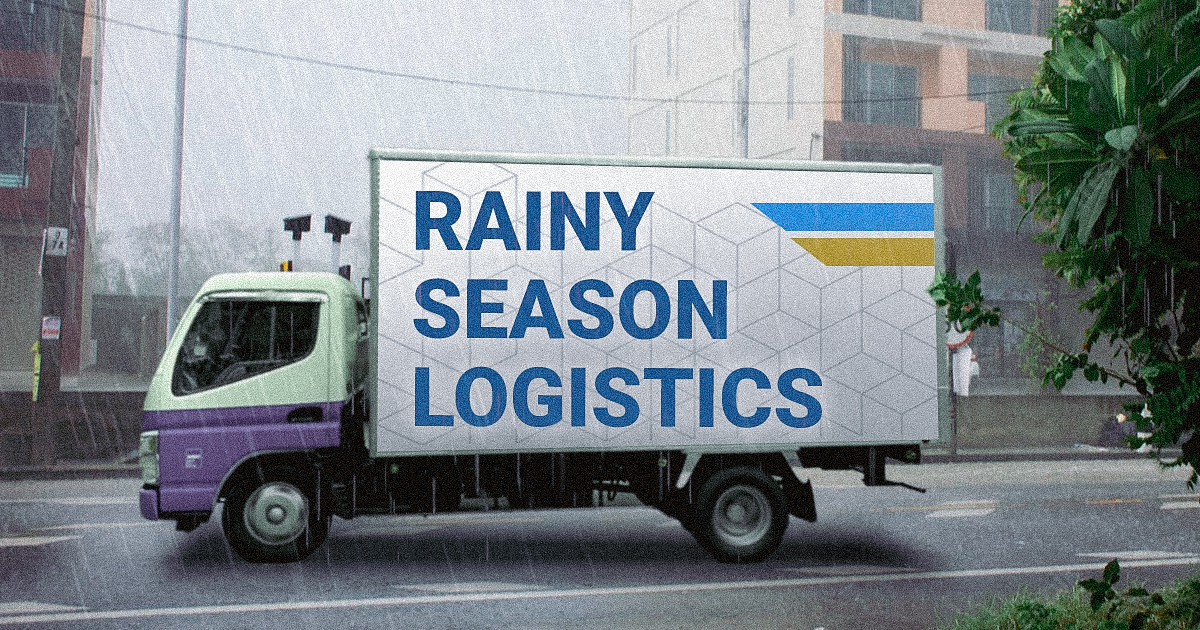
The Philippines is a Southeast Asian country that consists of more than 7,000 islands. It’s known for its warm and hospitable people and its lush landscape and natural resources. The Philippines experiences a rainy season every year. The rainy season can cause disruptions in the flow of goods due to weather-related challenges like typhoons and flooding. This article will discuss some strategies that businesses can use to overcome the geographical and weather challenges during the rainy season in the Philippines.
Why Is the Philippines Prone To Inclement Weather?
The Philippines is a tropical country located in the Pacific Ring of Fire. This ring of fire is an area in the basin of the Pacific Ocean where a large number of earthquakes and volcanic eruptions occur. The Philippines is also situated in the Western Pacific Typhoon Belt, which means that it experiences more typhoons than any other country.
These factors make the Philippines vulnerable to inclement weather conditions such as heavy rains, strong winds, and flash floods. These weather conditions can disrupt transportation, cause power outages, and damaged homes and infrastructure. Recently, the PAGASA announced that rainy season has officially started in the country, meaning typhoons and flooding will be more frequent.
Ways To Overcome These Challenges
Forecasting: Businesses should make use of weather forecasting to anticipate disruptions. This will give them an idea of when tropical cyclones are expected to make landfall and plan their shipments accordingly.
Alternative routes: If possible, businesses should have alternative routes for their shipments in bad weather. This way, they can still ensure that their products reach their destination despite the challenges.
Communication: Good communication is key to overcoming any challenge. Businesses should keep stakeholders updated on the status of their shipment and let them know of any changes or delays. This way, everyone is on the same page, and there are no surprises.
Schedule shipments in advance: By scheduling your shipments in advance, you can ensure that your goods will arrive on time, even if there are delays due to bad weather.
Use different modes of transportation: If possible, use multiple modes of transportation to ship your goods. For example, if one mode is delayed due to the weather, you can still rely on the other mode to get your shipment to its destination on time.
Store extra inventory: It’s always good to have extra inventory on hand during the rainy season. If there are delays in receiving new shipments, you won’t have to worry about running out of products.
Utilize social media: Social media can be a powerful tool to help with logistics. Businesses can stay by communicating with customers and others in the supply chain via social media.
Where in the Philippines Are Logistics Disruptions Most Likely When Bad Weather Strikes?
The most common areas for disruptions are in the Visayas and Mindanao regions and Central Luzon. These disruptions can cause a ripple effect throughout the country since these regions produce a large portion of the country’s agricultural goods.
On average, the country experiences around 20 typhoons each year. While most of these typhoons do not make landfall, they can still cause damage to infrastructure and disrupt transportation.
Despite the rainy season’s challenges, there are ways to overcome them. Businesses can ensure that their shipments reach their destination safely and sound by being prepared and having a plan in place.
SEE ALSO: